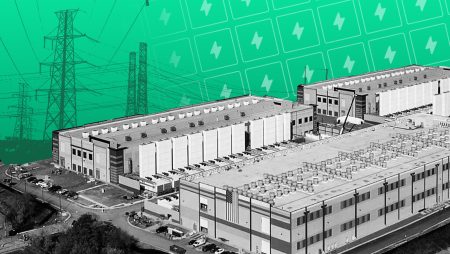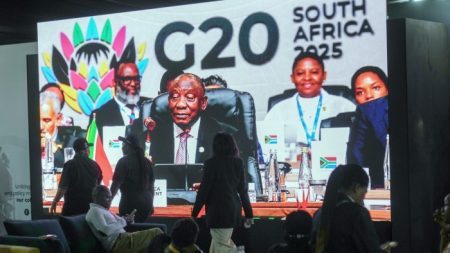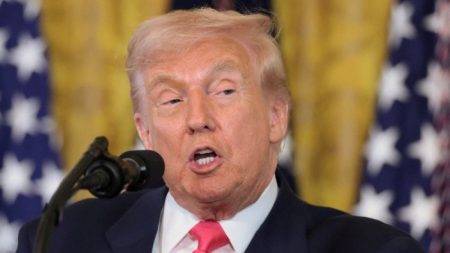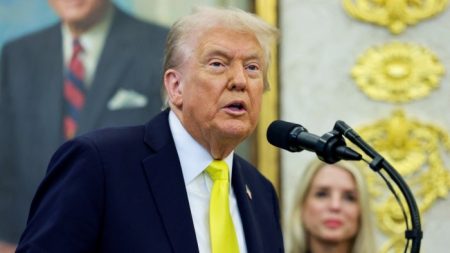Russia began a major counteroffensive to push back Ukrainian forces from its southern Kursk region, as Vladimir Putin warned that if Nato nations allowed Kyiv to use western-made weapons for strikes deep inside his country, Moscow would consider them “at war”.
The Russian defence ministry said on Thursday its forces had retaken 10 settlements in Kursk, or about 63 sq km of land, after Ukrainian troops stormed across the border and seized some of the region in a surprise attack last month.
Ukrainian forces entered Russia on August 6, capturing about 1,200 sq km in the space of 10 days, in what amounted to the first incursion into Russian territory since the second world war.
Ukrainian President Volodymyr Zelenskyy said last week that he intended for these troops to stay in Kursk indefinitely, indicating a hope of using the seized territory as a bargaining chip in any future peace negotiations.
The Russian counteroffensive in Kursk has homed in on the left flank of the Ukrainian military contingent in the area, from the settlement of Krasnooktyabrskoe down to the border towns of Snagost and Gordeevka.
Russian forces have captured at least 10 Ukrainian soldiers, according to drone footage shared on social media.
“The [Ukrainians] have been squeezed on their western flank down to Snagost, and surprisingly easily. It seems the [Ukrainians] really didn’t have major forces there,” said a person close to the Russian military establishment.
But there has been no further movement since, and it remained unclear whether the Russian push marked a significant turning point, added this person.
A western analyst who declined to be identified said Russia seemed to have taken at least one Ukrainian military unit by surprise.
Ukraine could always respond with a counterattack, and was unlikely to be pushed out of Kursk completely in the near future as it had better brigades in other areas, added the analyst. “But their territorial hold may decrease.”
A senior Ukrainian military intelligence official described the Russian gains in Kursk as purely tactical and said the push could not be described as a large-scale attack.
Zelenskyy confirmed the Russian counteroffensive on Thursday but said “everything was going according to Ukraine’s plan”.
The counteroffensive comes as Ukraine’s western allies discuss the possibility of lifting restrictions on Kyiv using western-made, long-range weapons far inside Russia, targeting military sites that Moscow has utilised in recent months to launch a string of deadly attacks.
US President Joe Biden said on Tuesday he was “working” on Kyiv’s request to lift restrictions on using the US-made Army Tactical Missile System to target such sites.
The use of these, and also UK-France-made Storm Shadow cruise missiles, is expected to be discussed when Biden holds talks with UK Prime Minister Sir Keir Starmer in Washington on Friday.
Putin on Thursday said the use by Ukraine of such western weapons — which he suggested could only be guided using satellite data supplied by Nato — would be considered “direct participation” by western capitals in the conflict in Ukraine and would “significantly change the very essence, the very nature of the conflict”.
“It will mean that Nato countries, the US, European countries are at war with Russia,” Putin was cited by the Tass state news agency as saying. “If this becomes the case . . . we will make appropriate decisions.”
Putin has previously warned western capitals against supporting Ukraine by threatening the prospect of a wider war, but his latest comments marked some of his most aggressive language so far.
Kyiv hoped its Kursk incursion would divert Russia’s best-trained troops away from their frontline positions in the Donetsk region of eastern Ukraine — but that has not so far materialised, according to the top commander of the Ukrainian armed forces, Oleksandr Syrsky.
The counteroffensive in Kursk is being carried out by Russian infantry assault and marine brigades that were pulled from other areas such as Kherson, according to the senior Ukrainian military intelligence official. Russia has sent close to 38,000 troops to the region, said this person.
In many areas of the frontline in eastern Ukraine, Moscow’s troops have been making steady gains in recent weeks, with its forces gradually approaching the city of Pokrovsk, a key logistical hub.
Two-thirds of Pokrovsk residents have now been evacuated, said the city’s authorities.
Meanwhile, a Russian missile on Thursday hit a foreign-flagged cargo ship in the Black Sea carrying wheat bound for Egypt shortly after it left Ukrainian waters, eroding trust in the safety of a key trade artery that is crucial both for global food supplies and Ukraine’s economy.
The ship, named Aya, had departed the Ukrainian port of Chornomorsk on Wednesday with more than 26,000 tonnes of wheat, and was hit by the Russian missile while in Romania’s maritime economic zone.
Ambrey, a maritime security firm, said the ship managed to sail to Romania under its own power despite sustaining damage.
Additional reporting by Robert Wright in London
Read the full article here














